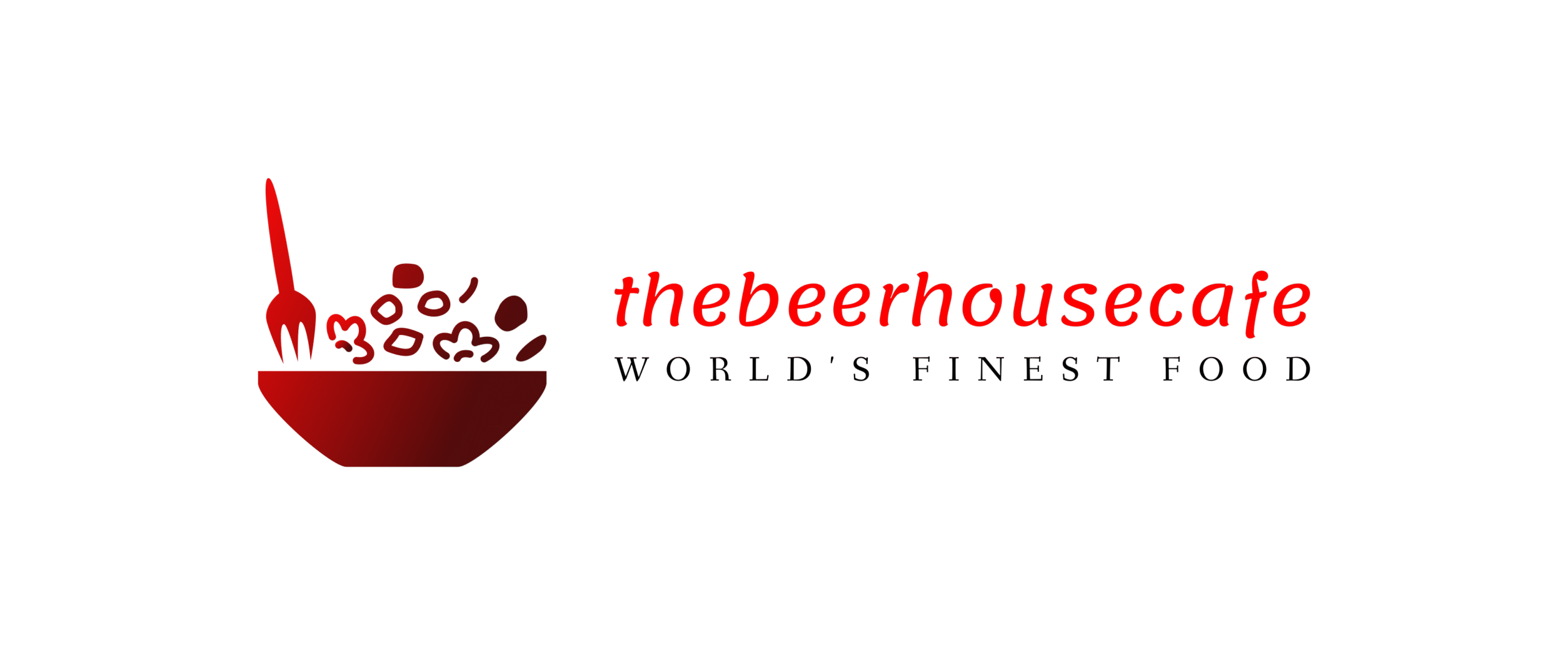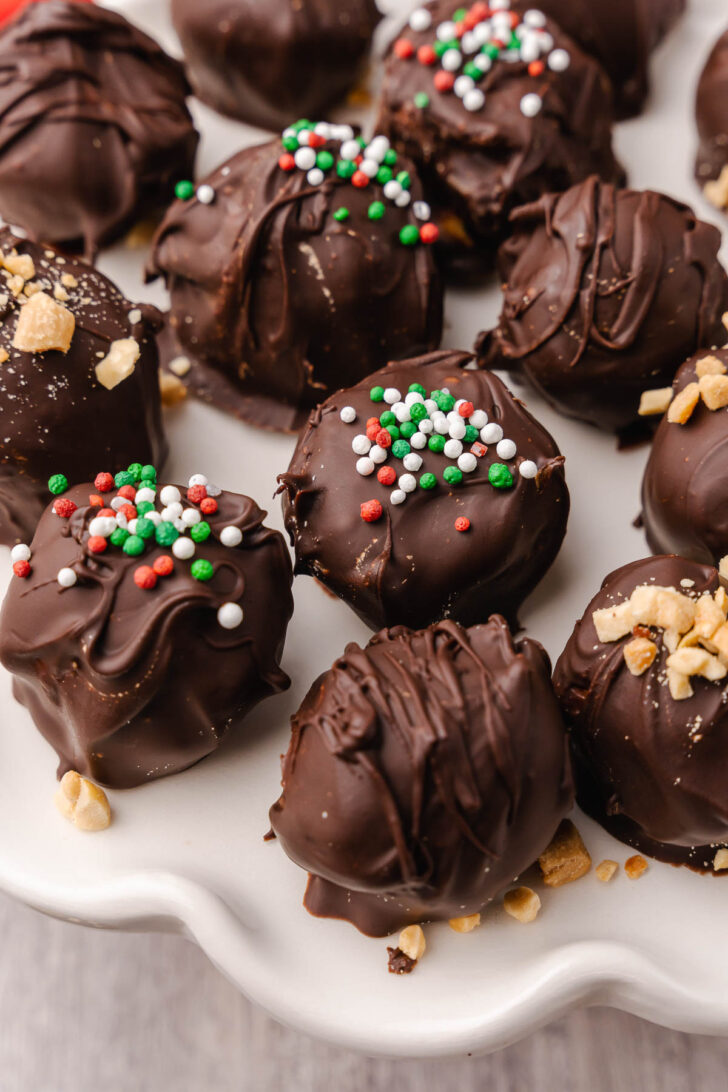The Communist Peking duck so good that Kissinger ‘would have signed anything’
The Mongol emperor Kublai Khan’s terrifying reputation extended to the atmosphere in his banqueting hall, where from a raised dais the great man – so large that he could barely stand up by his mid-60s – loomed over a noisy vassal throng. The task of feeding Kublai’s prodigious appetite fell to a select group of noblemen whose noses and mouths were stuffed – claimed Marco Polo – with “fine napkins of silk and gold”, lest a stray breath or snort contaminate his victuals. Musicians sounded a fanfare every time Kublai lifted his cup and took a gulp, followed into action by servers hurriedly providing refills from an enormous jade bowl, capable of holding 2,300 litres and known as the “Wine Sea”.
One can readily imagine the quality of the silence that must have descended upon this scene when a group of visitors from a far-off western region by Lake Baikal politely declined the great honour of mutton from Kublai’s own table – on account of his food being “unclean”. Mongols killed their animals by piercing their sides and thrusting in a hand to grasp and stop the heart, preventing the blood from flowing away and so preserving it for the feast.
These visitors were Muslim, and such meat was very far from halal. Henceforth, announced an infuriated Kublai, anyone failing to kill their sheep in the proper Mongol way would themselves be slaughtered. Such pronouncements were displays of power (and pique) rather than rules likely to be followed to the letter. But moments like these show how food – and the meals, manners and morals that attend it – can offer an enticing way into a country’s history and culture.
This is the premise of Jonathan Clements’s The Emperor’s Feast. Tracking the development of Chinese cuisine across thousands of years of recorded history, the book tells us a great deal about China’s regions and religions, its natural environment, its political highs and lows, and the lives of its people.
We encounter, early on, the discerning and balancing of five flavours – sweet, sour, bitter, acrid and salty – to match the five elements of traditional Chinese philosophy. We hear of ancient ritual meals centred on the sharing of cooked food, where the living eat and the dead – gods and ancestors – inhale the aroma, or “essence”. Food, drink and philosophy later intermingled in Chinese Buddhism, yielding decades of angst-ridden discussion about when it might be acceptable to put meat on the menu and helping in time to popularise tofu and tea.







